Peppers are vibrant and flavorful additions to any garden, offering a range of colors, shapes and spiciness levels. To ensure your pepper plants thrive and yield a bountiful harvest, it’s essential to provide them with the right conditions and care. In this guide, we’ll explore the key aspects of cultivating and maintaining a successful pepper garden.
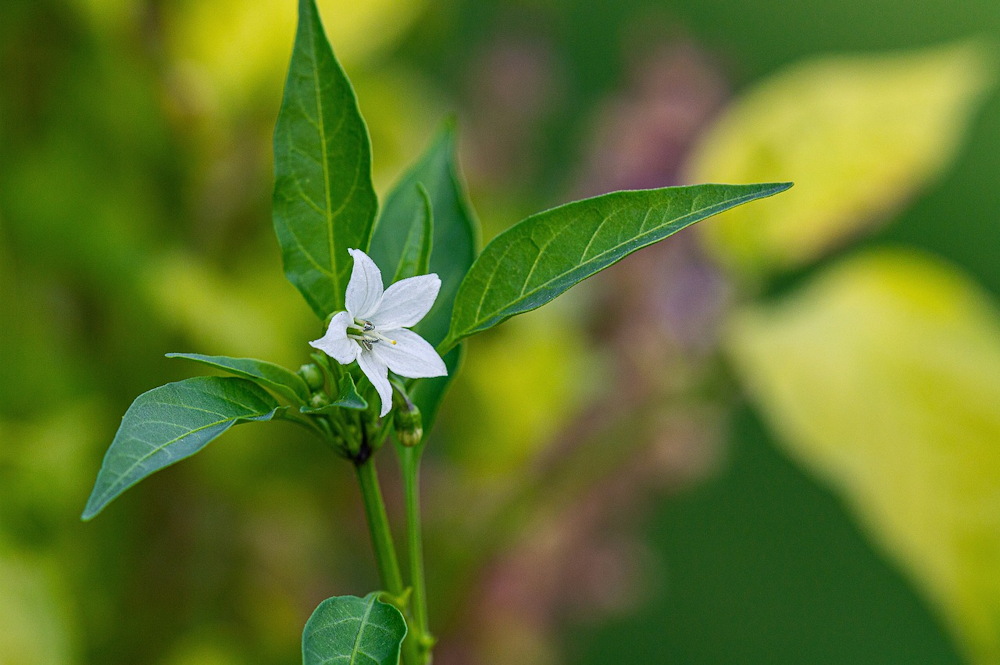
Cultivating Healthy Pepper Seedlings
Peppers flourish in warm and sunny environments, reminiscent of their tropical origins. Whether you have a greenhouse, polytunnel or a sunny spot near a south-facing wall, these conditions are ideal. If you’re limited on space, potted peppers can thrive too, as long as you choose a sufficiently large pot. For most varieties, a container ranging from 5 to 20 liters is recommended. In regions with mild climates, it’s advisable to wait until after spring frosts before transplanting seedlings outside.
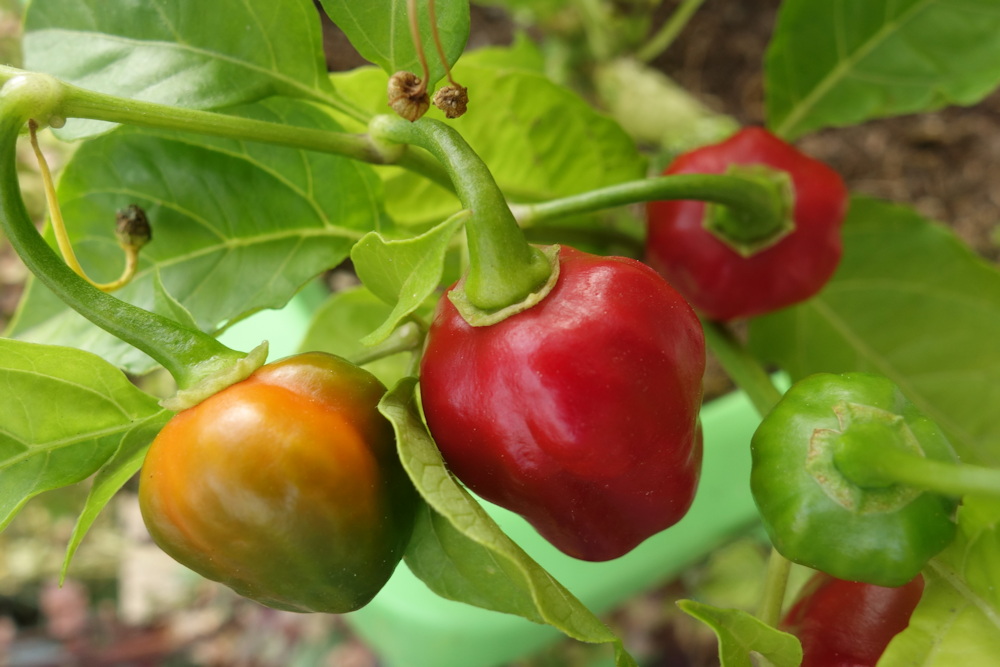
Nurturing Your Pepper Plants: Essential Cultivation Tips
- Soil Selection and Preparation: Choose deep, humus-rich soil that offers good drainage. Before planting, work compost into the soil to enhance its fertility and structure.
- Fertilization Strategy: Pepper plants are heavy feeders but dislike excessive doses of fertilizer. Apply organic vegetable fertilizer or nettle tea during fruit-setting periods to provide the necessary nutrients without overwhelming the plants.
- Watering Routine: Establish a regular watering routine, especially during hot days. Consistent moisture is vital for healthy pepper plants. Water at the base of the plants to prevent foliage from getting wet, which can lead to diseases.
- Drought Prevention: Mulch the base of your pepper plants with grass clippings or straw. This helps retain soil moisture, reduces weed growth and prevents drought stress that can result in hotter-tasting peppers.
- Monitoring Growth: Keep an eye on the plants’ growth and appearance. Prune away any dead or diseased foliage to encourage healthy development and airflow within the plant.
- Supportive Structures: Some pepper varieties, especially those that produce larger fruits, might benefit from staking or caging. This prevents branches from bending or breaking due to the weight of the fruit.
- Pest and Disease Control: Regularly inspect your pepper plants for pests like aphids, caterpillars or mites. If identified, use organic insecticidal soap or neem oil to control infestations. Keep the garden area clean to reduce disease risks.
- Temperature and Sunlight: Maintain warm temperatures and ample sunlight, replicating the pepper plant’s tropical habitat. Ensure they receive at least 6-8 hours of direct sunlight daily for optimal growth.
- Pinching and Pruning: To encourage bushier growth, pinch off the tips of young pepper plants when they are about 6 inches (15 cm) tall. This promotes the development of side shoots, resulting in a more robust plant.
- Companion Planting: Consider interplanting peppers with compatible companions like basil, marigold or oregano. These plants can help deter pests and improve overall garden health.
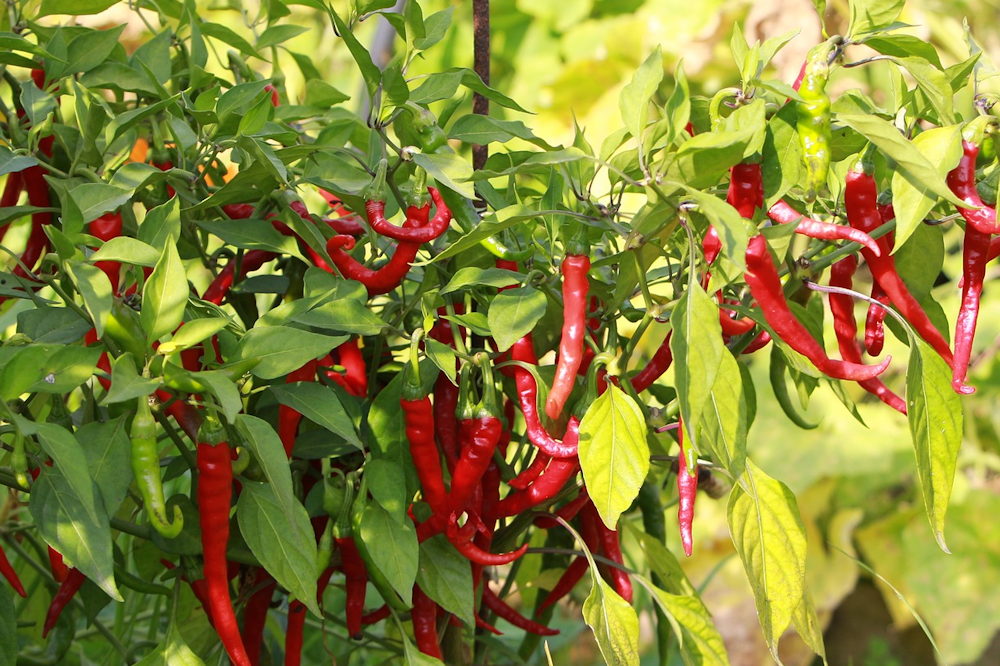
By following these nurturing tips, you’ll create an environment where your pepper plants can thrive, yielding a flavorful and abundant harvest.
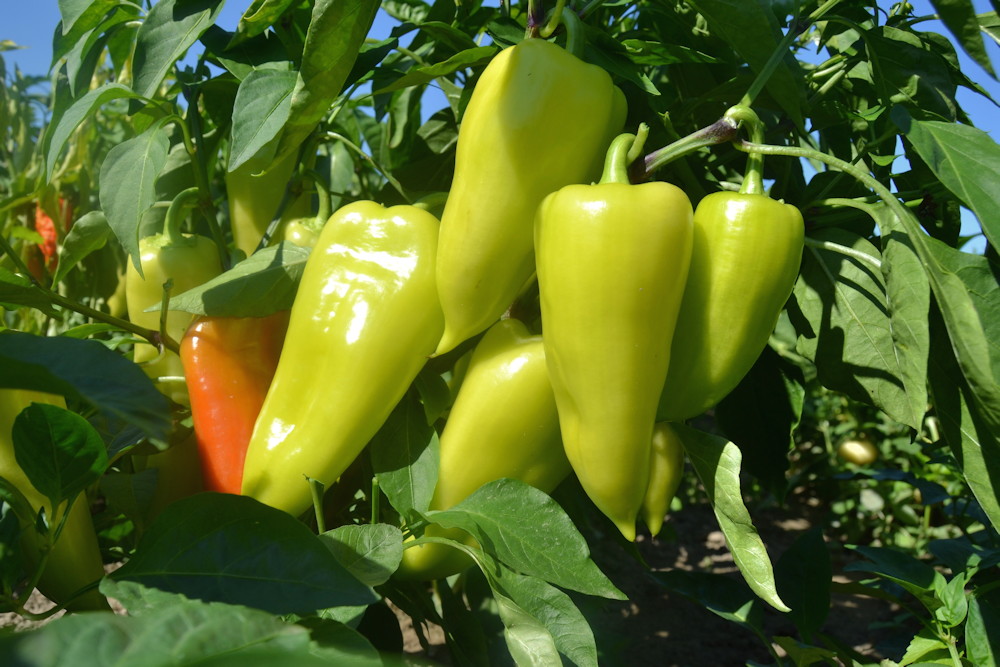
Harvesting Delicious Peppers
As your peppers mature, they’ll transition from green to their designated color, indicating their readiness for harvest. Gently twist or snip the pepper from the plant to avoid damaging the stem. Keep in mind that the longer you leave the peppers on the plant, the spicier they might become. After harvesting, store peppers in a cool, dry place, or consider preserving them through methods like freezing or pickling. Remember, pepper plants are often prolific, so regular harvesting encourages continued production.

Harvesting Pepper Plants: Tips for Perfectly Picking Peppers
- Selective Picking: Choose peppers at their peak color and size for the best flavor and texture. Peppers come in various hues, from green to red, yellow, orange and even purple. Harvest them when they’ve reached their intended color, as this indicates their maturity and optimal taste. Gently twist or cut the pepper from the plant to avoid damaging the stem and nearby branches.
- Frequent Harvesting: Regularly pick ripe peppers to encourage continuous production. Leaving overripe peppers on the plant can slow down the development of new fruits. By harvesting consistently, you signal to the plant that it should keep producing, resulting in a more abundant crop over time.
- Storing and Using: After harvesting, store peppers in a cool, dry place or in the refrigerator to prolong their freshness. If you have an excess of peppers, consider preserving them through methods like freezing, pickling or drying. Frozen peppers work well in cooked dishes, while pickled or dried peppers can add a flavorful kick to various recipes.

By adhering to these harvesting tips, you’ll not only enjoy the delectable flavors of your homegrown peppers but also maximize the plant’s potential for continuous growth and future harvests.
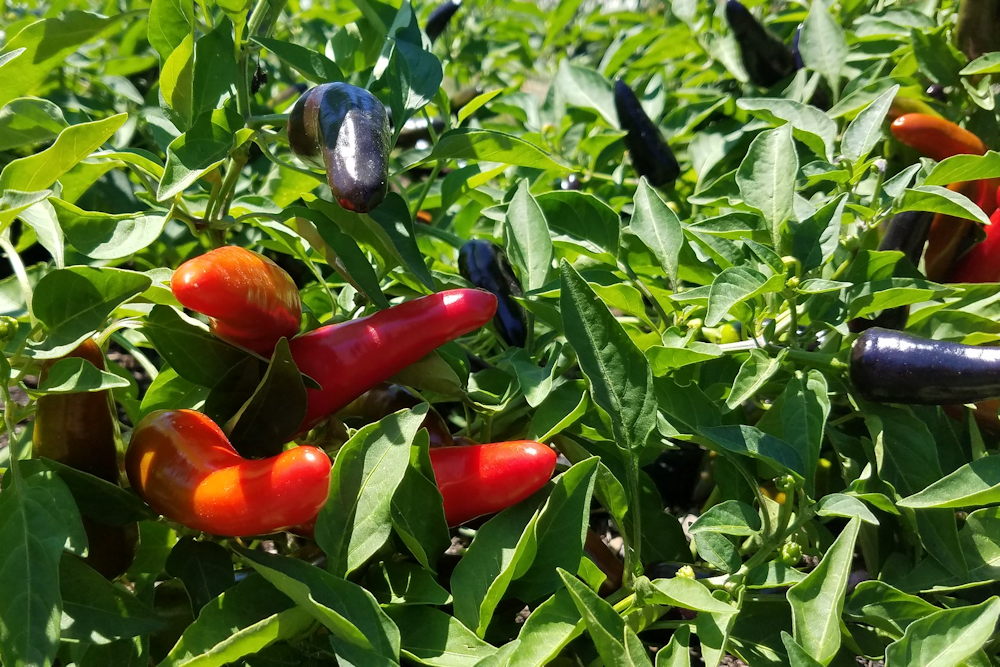
Wrapping Up: Savoring the Fruits of Your Pepper Garden
Cultivating a thriving pepper garden requires attention to detail and adherence to the pepper plant’s unique needs. Begin by nurturing robust seedlings in warm, sunny environments, whether in a greenhouse or well-placed containers. Provide nutrient-rich soil and supplement with compost and organic fertilizers during key growth stages. Consistent watering, especially in hot weather, ensures vibrant and flavorful peppers.
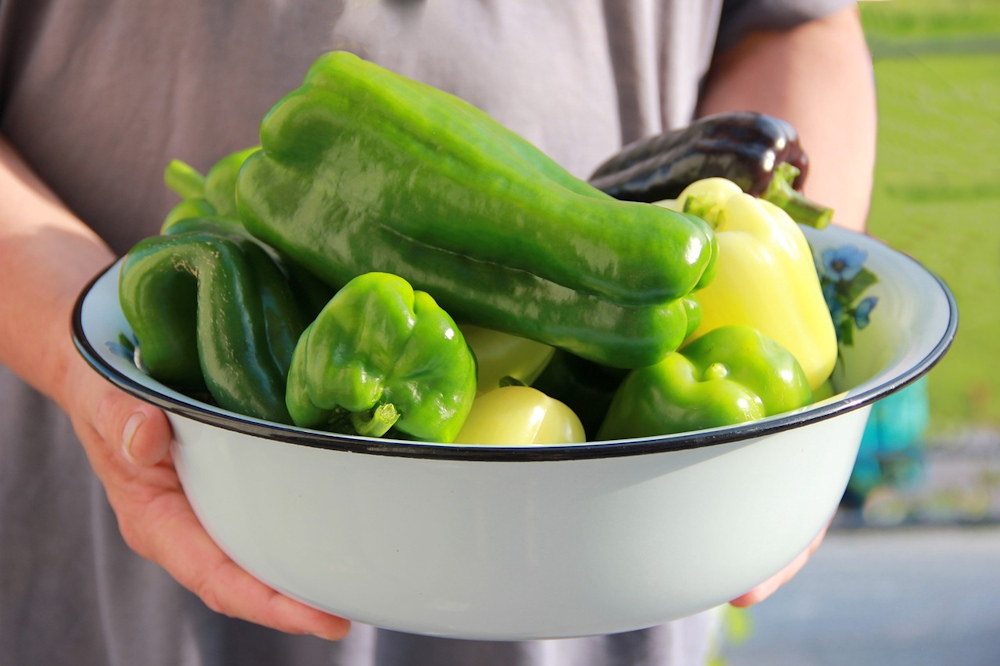
When it’s time to harvest, pick peppers at their ripest, and consider various preservation methods to enjoy their goodness well beyond the growing season. With these insights, you’re equipped to enjoy a successful pepper garden, replete with delicious and spicy rewards.









